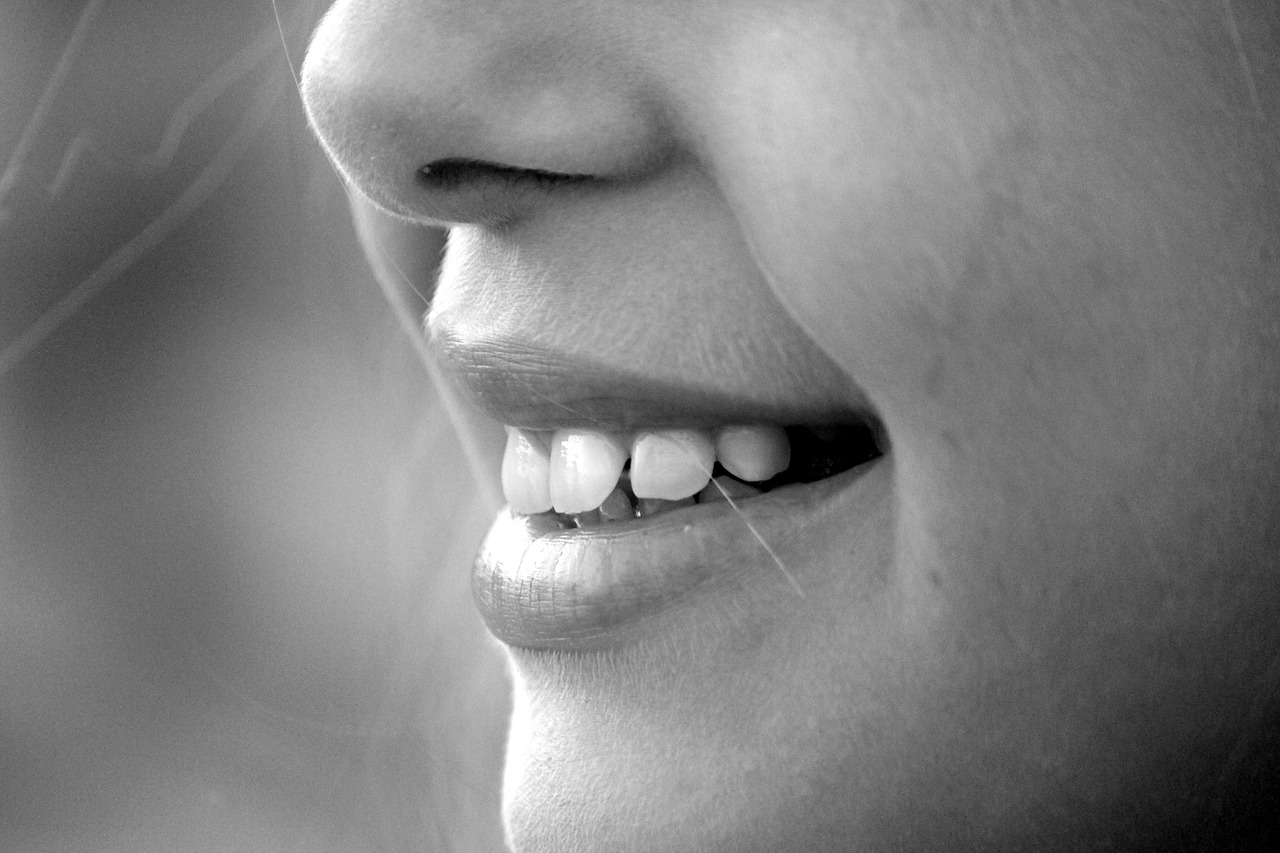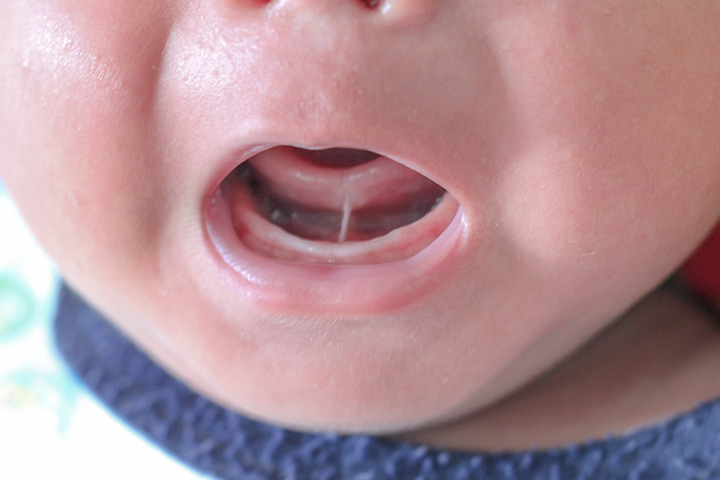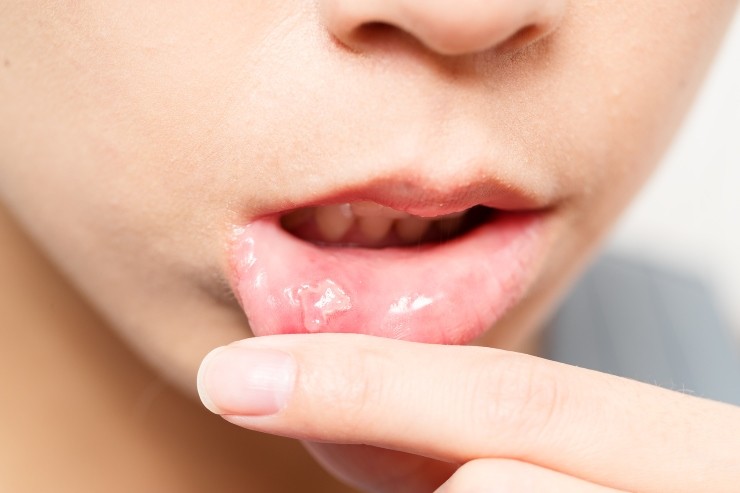Tonsils are the collection of lymphoid tissues found at the back of mouth and neck region. These tissues help to fight against infections. Adenoids or pharngeal tonsils and Palatine tonsils , commonly called the tonsils. Tonsils are located on the left and right sides at the back of the throat. However, Adenoids are present upward beneath nose, and cannot be seen without help of special instrument.
During the first 4 years of life, the respiratory tract is exposed to a multitude of infections. Active immunologic activity cause a physiological and fluctuating tonsil and adenoid hypertrophy to fight these infections. Adenotonsillar hypertrophy is mostly seen in children between 5 months and 6 years of age and considered to be the most common contributors of upper airway obstruction in young children.
In a child, the Adenoidtonsillar hypertrophy may be the result of recurrent infections or inflammation of the nasopharyngeal space.Tonsils and adenoids attain approximately 200% growth by late childhood, and then undergo involution by adulthood.
Adenotonsillar Hypertrophy narrow down air-space, causing sleep disturbances ranging from simple snoring to obstructive sleep apnea.
A child may have to face issues like behavioral issues, poor school performance, excessive day time sleepiness. In addition to above mentioned consequences of Adenotonsillar hypertrophy, enlarged Adenoids can adversely affect facial and dental growth of a child too.
Reasons of Abnormality
Continuous airflow through the nasal passage and during unobstructed breathing produces a constant stimulus for both, lateral growth of maxilla and lowering of the palatal vault. Obstructed airway can disturb muscular balances in facial region.
Tongue, a powerful muscle, continuously putting a heavy force on entire dentition and associated oral structure. Normally, force applied by tongue is counterbalanced by the cheek pressure. But, in kids who are indulged in mouth breathing owing to Adenotonsillar Hypertrophy, the tongue opts for a forward and lower position in mouth and balance between forces from the cheeks and tongue is disturbed. This leads to a lower mandibular position and extended head posture with dental and skeletal consequences. Balance of function of soft tissue may inhibit or even reverse hard tissue growth.
Any obstruction in airway will bypass nose and an individual will start breathing through mouth. Normally the air passes through the nose, it is warmed and humidified and free of foreign particles, pollen and bacteria. However, air which passes through mouth is dry and less saturated with oxygen, so a mouth breather’s body shall get less oxygen. This can make a person less attentive and exhausted.
Overall Effects of Adenotonsillar Hypertrophy
Short-term symptoms
- Mouth breathing,
- Nasal congestion,
- Hyponasal speech,
- Snoring,
- Obstructive sleep apnea (OSA),
- Chronic sinusitis
- Recurrent otitis media.
Long-term symptoms
Serious complications related to OSA including growth failure, cardiovascular morbidity and neurocognitive abnormalities such as low intelligence quotient, learning and behavioral problems, hyperactivity and poor attention span.
Effects of Adenotonsillar Hypertrophy on Dentition
- Abnormal Oro motor function: The enlargement affects different functions such as chewing, respiratory, sleep, feeding, articulation, speech and swallowing. Drooling is also a prevalent symptom in children with enlarged lymphoid tissue.
- Large adenoids, nasal breathing is (partially) obstructed leading to mouth breathing and the stereotype of the adenoid face, long face syndrome and respiratory obstruction syndrome.
- Incompetent lip seal : Child may not able to close lips together
- Constricted or ‘V’ shaped upper dental arch, associated with crowding , protruded teeth and crossbite in posterior region of mouth.
- Lower front teeth are placed in backward position (retroclined)
- Longer and narrow face, increase in anterior facial height and decreased posterior facial height.
- Lower development of mandible
- Extended head posture: The mandible is held in position while the cranium and maxilla rotate upwards





